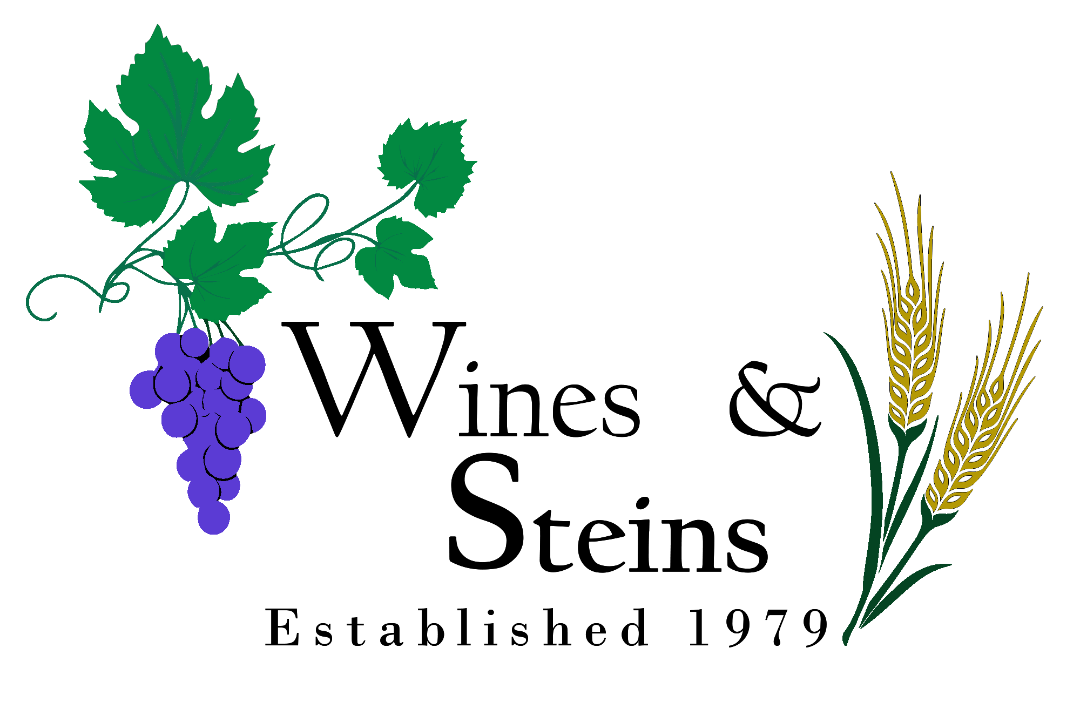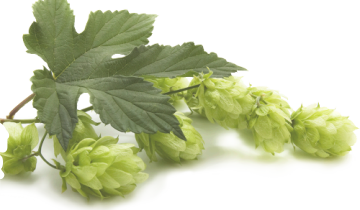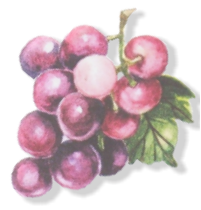Home winemakers get serious
By Melanie Cleveland - Photos by David Middlecamp
Brad Erickson, a Paso Robles machinist who makes wine with homegrown grapes, just won Best in Show with his port wine in the California Mid-State Fair competition.
Tom Johnson, an optometrist with offices in Paso Robles and Atascadero, makes wine after work and on weekends. He’s bottling his first vintage this year.
Steve Autry, a former aerospace engineering technician in Los Angeles, moved to San Luis Obispo 10 years ago to learn about winemaking. He started with a box of juice, what he calls a “dump and stir kind of like cake in a box.” He now has his own winery and tasting room, producing 800 cases a year.
All three men are part of a growing number of do-it-yourself winemakers in San Luis Obispo County. Most of them pursue it as a hobby, though Autry has gone professional and jokes that “the majority of winemakers start out as hobby winemakers whose hobby got out of control.” Although no one has an exact number, those in the wine industry estimate there are at least 1,000 home winemakers in the county–with the number continually increasing. Various indicators support its popularity.
George McClintock, who owns Doc’s Cellar in San Luis Obispo, which sells home-winemaking kits, says his business is growing by as much as 10 percent a year. Membership in the Paso Robles wine hobby club Wines and Steins has swelled to about 250 since it began in 1979, said Guy Callari, club president. Paso Robles’ Vintner Vault, which doles out advice and sells equipment to local home winemakers, said it sees 40 or 50 new customers on average every year. And this year’s California Mid-State Fair home winemaking competition, which was held in May, attracted 178 entries – from port to sparkling wines to white and red blends.
“It’s getting more and more popular, I think for the romance,” said Atascadero resident Dawn Stokes, who has organized the Mid- State fair competition for the past six years. She makes about a barrel and a half of red wine a year.
Given the county’s burgeoning wine industry and the availability of high-quality grapes here, experts say it’s no surprise that hobby winemaking is popular. Many Wines and Steins Club members are retirees who have moved to the county after falling in love with the wine country — and the intoxicating lifestyle that comes with it. “Then they meet someone who makes his own wine and their curiosity increases, so they join the club and they go at it,” Callari said. Many look for houses with property so they can plant their own vineyards, he added.
Autry can point to the exact moment he decided to make his own wine. “I was on vacation in Big Sur in 1983 and ran across a zinfandel that knocked my socks off,” he said. “I had no idea wine could taste like it did. I said at the table that night, ‘Someday I’d like to make a wine like that.’” After realizing he’d achieve better results if he were more involved with the grapes, Autry began picking them himself – and experimenting. “You really have to think of yourself as a chaperone as the grape goes from the field to the bottle,” Autry said.
How much the hobby costs depends on how much one is willing to borrow and scrounge, said Erikson. The biggest costs, all agreed, are the grapes. They can run $500 to $1,500 a ton, but some vineyards will let you take their leftovers for free. The cost of de-stemmers and grape crushers depends on how high-tech the equipment is that is used. Cheap screens can be used to de-stem and grapes can be crushed by feet; an electric de-stemmer and crusher costs about $1,200. Vats can be plastic bins or garbage cans, which cost about $10 each.
Since Johnson grows his own grapes, his total cost to process the 2010 vintage wine has been about $600. He’s making 12 cases, which means he can drink the fruit of his labor for about $4 a bottle.
Erickson,who’s been buying equipment bit by bit over the years and also has his own vineyard, said he’s all in for about $2,500. He makes about 45 gallons of port and 60 gallons of wine annually.
Other costs include: yeast, about $5 a bag; siphoning tubes, airlocks, testing equipment, $400 or more; a wine press (a small one can cost about $100, but larger ones can range up to $1,000, and most winemakers borrow from others); a corking machine , up to $100 (again, most borrow); bottles, about 50 cents to a $1 each ( they can also be saved over the years); corks, from 25 cents to 50 cents each. Club membership of Wines and Steins, which loans or rents a lot of the expensive equipment, is about $60 a year. Since home winemakers can’t sell their wine without a license, they’re not doing it to make money.
“It wouldn’t be a good hobby if it was a job,” Erickson said. “If this was a job, it would be work, not fun.” Many of those interviewed were surprised at how easy it has been to make excellent wine on their own. Others say they’re passionate about wine and there’s no better way to appreciate it and understand it than to make it. Plus, the hands-on process that usually requires a party of people to help is fun. All agree there’s no more intoxicating way to enjoy the fruit of their labor.
“Picture sitting under a big oak tree with a group of friends eating bread and cheese and drinking homemade wine,” said Stokes. “You have an opportunity to live in that kind of picture here in this county and share it with your friends. I don’t think life gets better than that.”


